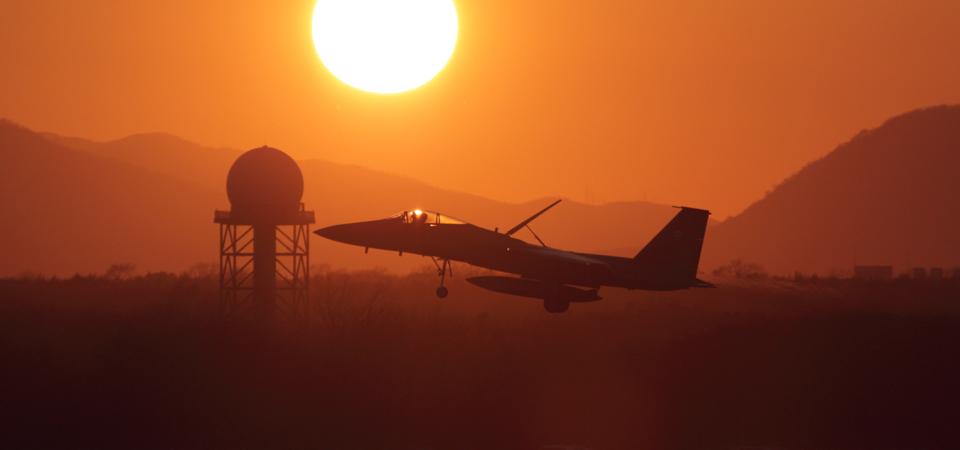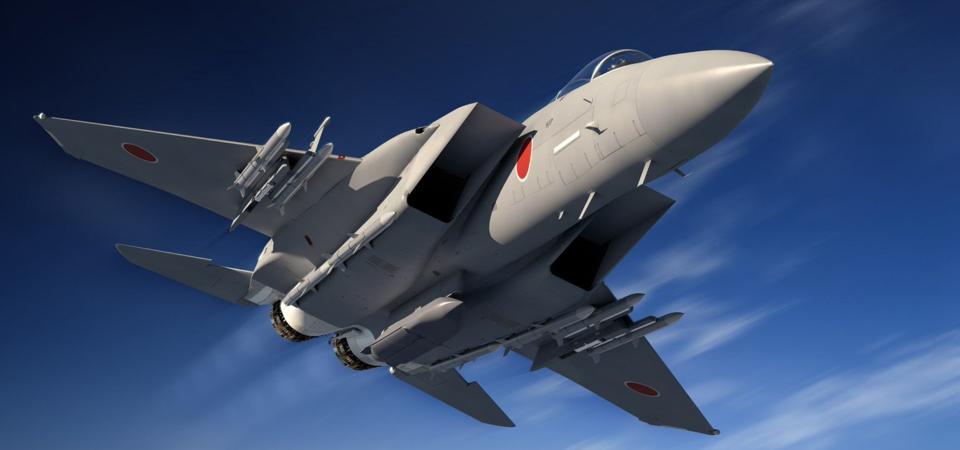China flexes its muscles to US
Beijing has stepped up the pace of its war games in recent weeks after the US sent two aircraft carrier strike groups into the South China Sea. Now it’s threatening to “play” next door to a significant US Pacific base.
“If the US goes further, the Chinese People’s Liberation Army (PLA) could take more countermeasures, including live-fire missile drills east of Taiwan Island and near Guam,” a senior Chinese Communist Party official warns.
The comment came in response to the visit of US Health and Human Services Secretary Alex Azar to Taiwan – the highest-ranked US official to do so for several decades.
Beijing considers this a direct provocation. It insists the self-governed democracy, which never capitulated to the Communist revolution of 1949, to be its sovereign territory.
China’s ambassador to the UK, Liu Xiaoming, on Thursday tweeted: “On Taiwan issue, anyone playing with fire will get burned”.
“They probably will do an air-naval strike exercise east of Taiwan. If Xi (Chinese President Xi Jinping) wants to send a threat, it may include a ballistic missile launch into the waters west of Guam,” military analyst Carl Schuster told CNN.
Guam is an important mid-Pacific island base regularly used by US naval and air forces.
“I am sure the idea is on the table since the Chinese military would not publish such bombastic rhetoric on its initiative. Someone of authority in the Communist Party or PLA feels that way and is pushing for it,” he said.
But US Indo-Pacific Command spokesman Major Randy Ready told CNN the US military “won’t speculate on hypothetical exercises that may or may not take place in the future.”
LARGE SCALE ‘WAR GAMES’
The US this week positioned the aircraft carrier USS Ronald Reagan in the nearby Japanese controlled Senkaku and Diaoyu Islands region as Chinese combat aircraft step up their ‘probing’ of Taiwanese and Japanese airspace.
D4NHD2 US Navy Nimitz-class nuclear aircraft carrier USS Ronald Reagan leads a group of multinational ships during RIMPAC exercises July 24, 2010 in the Pacific Ocean.
Source:Alamy
Beijing, however, is blaming the US for the increased tempo of its military operations.
“The PLA drills come amid the increasingly frequent provocative military activities made by the US near the island of Taiwan and in waters in the South China Sea,” the state-controlled
Global Times states.
“Ground and naval forces of the PLA have been on concentrated schedules in amphibious landing and maritime exercises in the past weeks and will continue to do so in the weeks to come.”
Open source analysts have deconstructed propaganda photos and say Beijing has deployed strategic bombers to the South China Sea fortress Woody Island for the first time. This is in contravention of its assertion that such facilities serve no purpose other than sea rescue facilities.
It’s a clear diplomatic signal of Beijing’s hardening resolve to assume absolute control over the strategically vital waterway between Vietnam, the Philippines, Malaysia and Indonesia.
The bombers may also be scaling-up ongoing combat exercises. So far, these have included practising beach assaults by amphibious and naval units and wide-ranging air strikes. Live weapons will be fired at sea near Shanghai this week as part of this training process.
But the Hong Kong-based
South China Morning Post news service cites an unnamed military source as saying Beijing has warned PLA personnel “not to fire the first shot”.
“It’s easy to give the order to shoot, but neither China nor the US is able to control the consequences. The current situation is highly tense and very dangerous,” the source said. “But we are very clear that we will respond with force only as the last resort, when everything else has failed.”
EYES IN THE SKY
Beijing’s ‘wolf-warrior’ commentators and diplomats have taken aim at US surveillance flights monitoring its military activities in the South China Sea.
Chinese Foreign Minister Wang Yi accused the US of having sent more than 2000 military flights through the area so far this year. Thursday, Beijing claimed some posed a “risk” to civilian aircraft.
The South China Sea Strategic Situation Probing Initiative (SCSPI), a Beijing-based think-tank, says four’ close up’ US reconnaissance flights have been made in the region of Guangdong so far this month.
Beijing is alleging at least one of these aircraft attempted to disguise itself as a passenger airliner and flew along commercial flight corridors.
“It’s possible to cause accidents or misjudgements amid the escalating tensions between the Chinese and US militaries,” an unnamed source told the
South China Morning Post. “The South China Sea is one of the world’s busiest international airspaces, which may put civil aircraft at risk.”
As if to emphasise that risk, Chinese state-controlled media has been lauding combat exercises in the region involving its anti-aircraft units.
“The drills featured some of the top PLA anti-aircraft artillery, and showed the PLA’s readiness to safeguard national security,” the
Global Times quotes an unnamed military source as saying.
“In addition to the Army air defence troops, the Air Force is responsible for longer-range air defence, and the Navy will also keep aerial threats from the sea at bay.”
It’s a risky scenario. The former Soviet Union claimed it shot down Korean Air Lines Flight 007 in 1983 because it believed it to be a surveillance aircraft.
In 1988, the cruiser USS Vincennes shot down Iran Air Flight 655 after mistaking it for an Iranian F-14 Tomcat fighter. In 2014, Russian troops operating covertly inside Ukraine shot down Malaysia Airlines Flight 17 thinking it was an opposition warplane. Earlier this year, Iranian missiles downed a Boeing 737 as it took off from Tehran.
“There have been some accidents that happened when ground-based missile defence troops failed to verify intruding aircraft carefully,” Taiwan military analyst Lu Li-shih told the
Morning Post. “War allows deceit.”
Jamie Seidel is a freelance writer | @JamieSeidel




